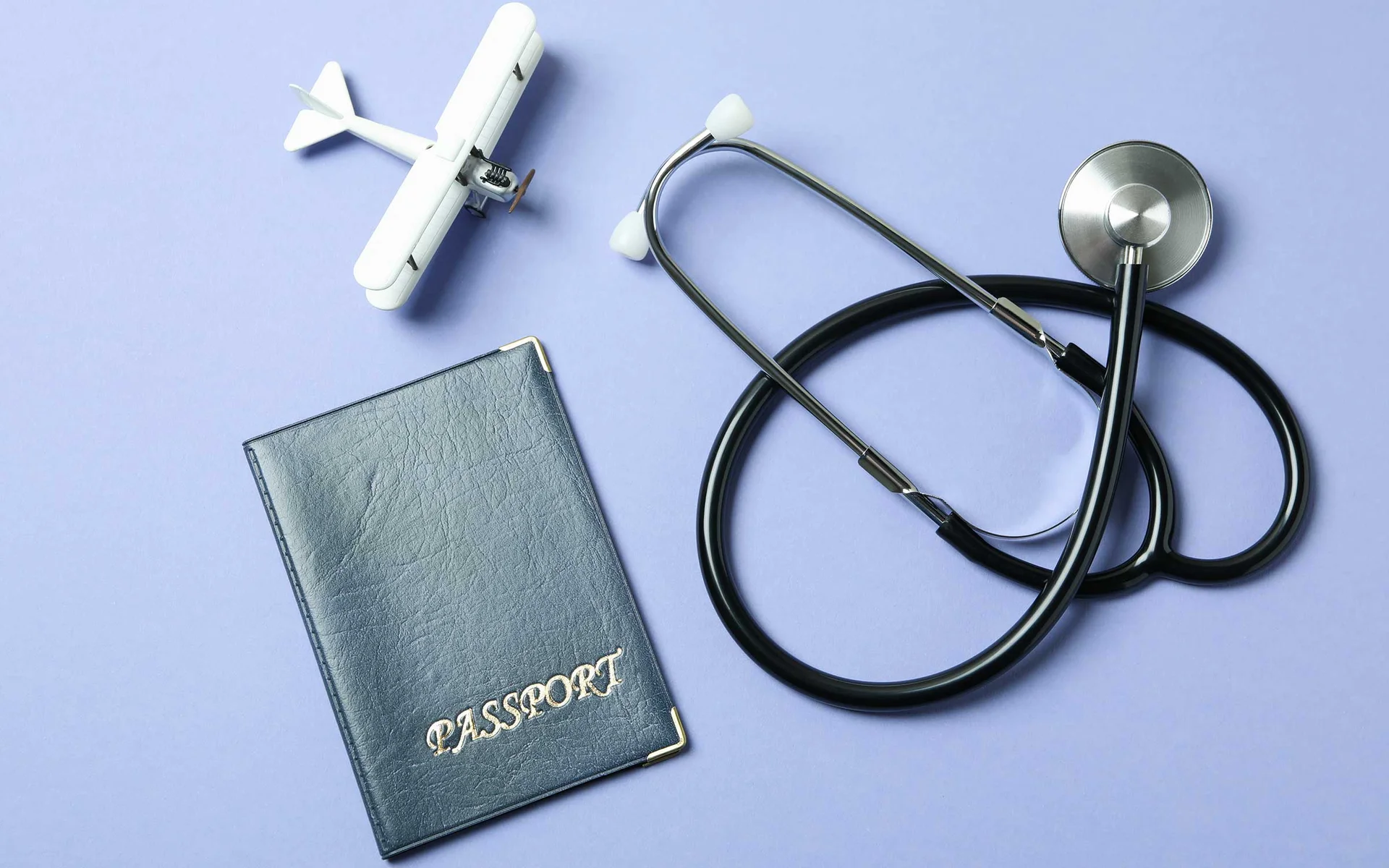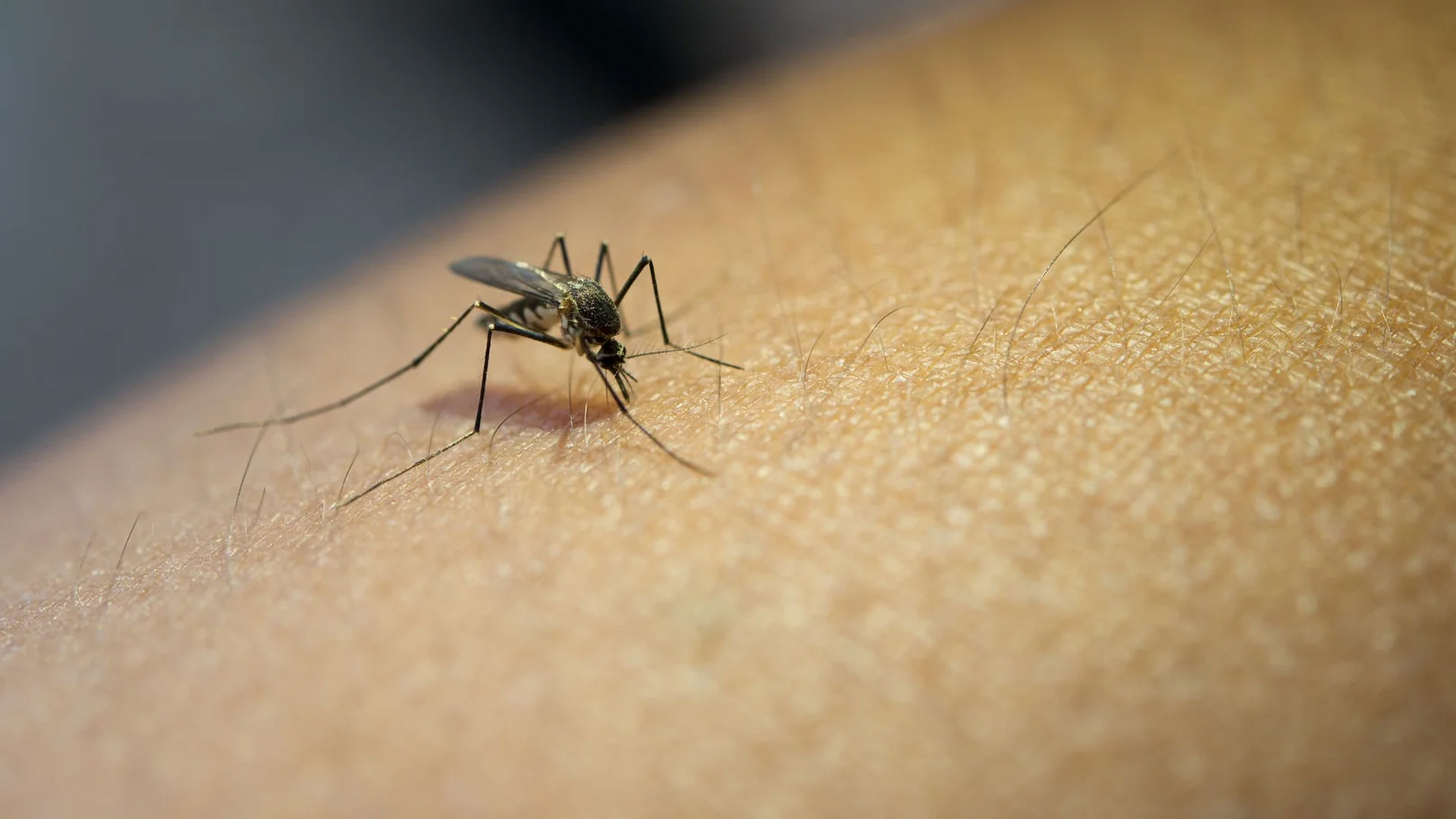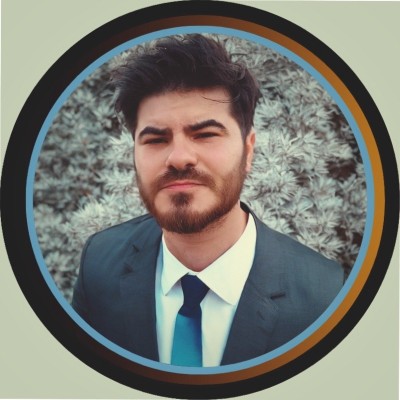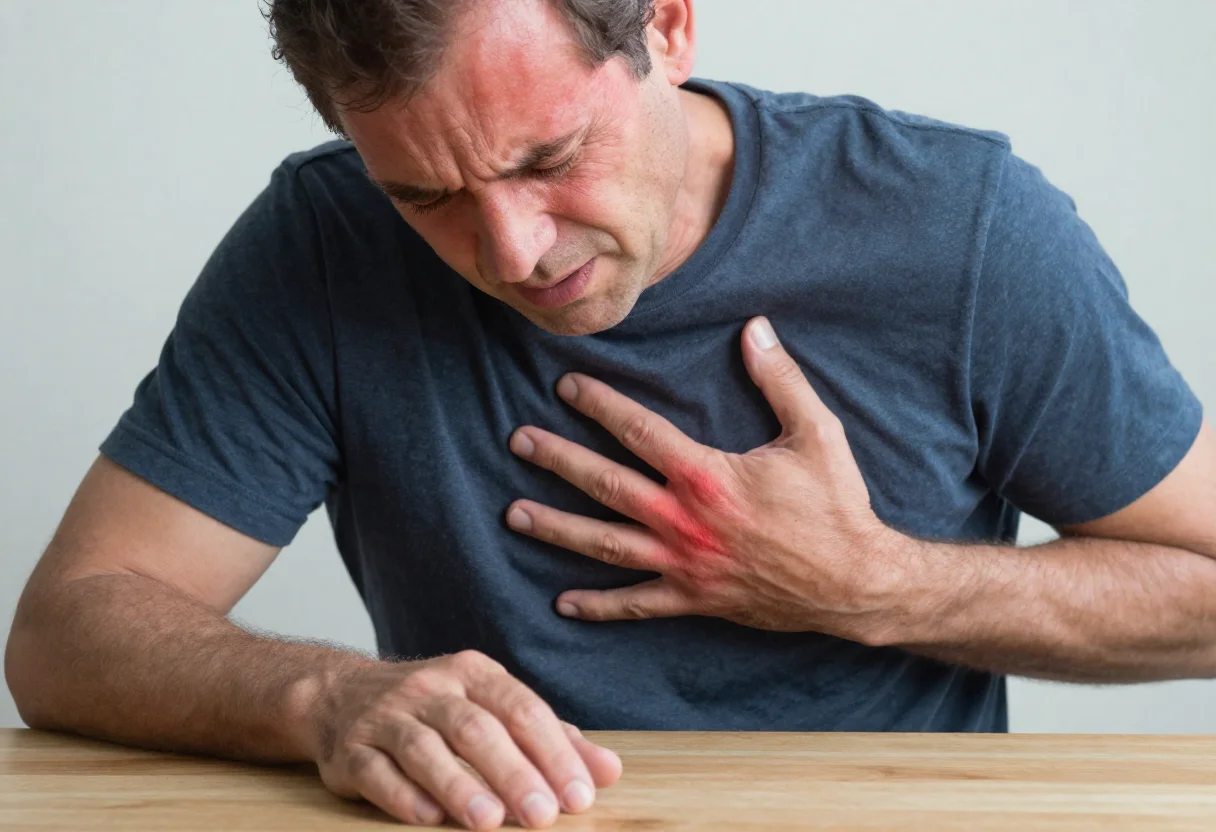
Health tourism is the travel of people to a country other than their place of residence for the purpose of protecting and improving health or treating diseases and benefiting from health and tourism opportunities. The person traveling for this purpose is called a health tourist.
Health tourism, which has become an important source of income for countries in the last 20 years, is defined as travel for health protection, fitness and health improvement. When it is considered in a historical context, it is seen that people have been traveling outside their country of residence to benefit from health services since ancient times. Although the popularity of health tourism has increased in the last 10 years as a result of globalization, it has a history of at least 2000 years. There are many records of ancient Greeks and Romans traveling long distances in search of healing and bathing in thermal waters. In Europe in the 19th century, for example, there is a tradition of middle-income people traveling to Sanus Per Aquam (SPA) towns to drink and purify themselves with healthy waters believed to have health-promoting properties.
Health tourism focused on the pursuit of good health and general well-being is not a new phenomenon. For example, in Italy and throughout the Roman provinces, the Ancient Romans built resorts with thermal health spas and the Ancient Greeks travelled to Epidauria on the Saronic Gulf to visit the temple of Asclepius, the god of healing. Due to the poor health conditions in Europe, wealthy people are known to have travelled for health purposes from the 15th to the 19th century to healing spas, mineral springs and famous medical schools of the time.
From a marketing perspective, health tourism is the purchase of health services outside the country from other countries in the world. According to this approach, health tourism is one of the types of tourism. Health service is considered as a health product (service) that is marketed and purchased. The purchase of health services from another country may be due to quality or cost advantage, or it may be due to the absence or prohibition of the consumer in his/her own country.
With the globalization process in the world, problems such as high costs in the health systems of countries, increased waiting times, etc., and the awareness of consumers, the health tourism sector, which offers a holiday and treatment environment at the same time, is growing rapidly. In the 20th century, people started to travel to underdeveloped countries in order to receive health services at the quality and cost they want. In this way, travel to underdeveloped countries has led to an increase in regional mobility and created an international market for treatment services.
Health tourism is a phenomenon of increasing importance for Turkey as well as for many other countries. When it is considered as an economic activity, it creates new areas of demand. In these markets created/developed with health tourism, in addition to consumers (patients, tourists) and services (health services), information and health personnel also cross-national borders and participate in global circulation.
Another factor that can directly affect service recipients is related to insurance support. Unfortunately, many countries do not offer full insurance coverage. Additional issues affecting a nation's healthcare system, lack of marketing services, political instability between countries, lack of specialists, problems with IT infrastructure; solving each of them requires the adoption of appropriate solutions. One way to solve these problems is to develop a global policy on insurance coverage and the planning and development of political strategies to increase interaction and facilitate the travel of individuals. One challenge of health tourism that deserves a specific category is the lack of international standards for health services. The absence or disregard of international standards in the delivery of health services makes it difficult for individuals to choose appropriate health centres. It has been shown that adherence to international standards can increase the confidence of potential health tourists in the selection of suitable centres and make the legal system responsible for handling patient affairs more transparent. The factors leading to the intensification of health tourism activities are discussed below.
Population aging
The baby boom cohort, which refers to those born between 1946 and 1964 after the Second World War, is 58-76 years old by 2022. The baby boomers today have the highest disposable income and the highest propensity to travel. They may be less price conscious and also more sensitive to other aspects of the marketing mix (location, destinations, privacy, quality, etc.). Due to their age-related health status and income level, this group constitutes an important target group of tourism marketing, especially health tourism.
Lifestyle changes
Lifestyle is one of the factors influencing demand for services and products. Healthcare services are largely no exception. Lifestyle changes lead to changes in the demand for healthcare services. Consumer demographics and lifestyles will mean significant increases in demand for cosmetic surgery, spas, retirement communities, fitness centres and addiction treatment centres.
Tourism alternatives
Different tourism practices designed according to the qualities and expectations of each consumer group.
Characteristics of health systems
Long waiting lists, high costs, lack of insurance and underinsurance are causing some to travel abroad to seek medical care. This is an important driver of demand from different countries when local health systems cannot provide appropriate or timely options. What is seen as a problem for one national health system can be seen as an opportunity for another national health system to develop the economic sector.
Components of health tourism
The main components of the concept of "Health Tourism", which has become an important sector and has a market share that can push countries to make policies, are as follows.
- Medical tourism
- Thermal tourism
- SPA-Wellness tourism
- Advanced age and disability tourism
In addition to these main components, there are also new additions to the concept of health tourism. In recent years, social living areas called longevity villages, which are designed for individuals who are orphaned in old age or who do not want to be a burden to anyone, resemble nursing homes with many social activities, but are based on village life, have been developed. With these social living spaces, individuals have the opportunity to spend their days in a natural and peaceful environment with better quality and health.
- Uninsured people Depending on the social policies in place, some countries have millions of people without health insurance. In developed economies such as the US and Canada, the number of uninsured people is very high.
- Having health insurance but excluding many health services from the coverage of the policy
- Elderly population
- Emergence of new diseases and pandemics
- Long waiting times
- Cost minimization efforts of insurance companies
Tourists (patients) traveling to different countries to benefit from medical tourism services are called medical tourists. All surgical interventions that can be performed to improve patient health, from eye surgeries to complete check-ups, can be given as examples of medical tourism. What makes medical tourists different from normal tourists is that they travel as international patients. For this reason, traveling for health purposes differs from other travels. When the characteristics of a medical trip are examined, it becomes clear that a preliminary preparation and planning is required. In addition, medical documents and history of the patient should be taken, the patient should be followed up before going to the service organization where the patient will receive treatment, and the preoperative instructions should be examined. Medical tourism differs from other types of travel in terms of the need to know whether the patient will receive invasive treatment (cuts, punctures, etc. in various parts of the body) or non-invasive treatment (chemotherapy, radiation therapy, etc.), to follow the patient before and after surgery, to provide accommodation, recovery-care management, to plan and follow up the care that will continue after the patient is discharged, and to be aware that emergency intervention may be required at any time.
Thermal tourism, also known as spa tourism, is an alternative form of tourism that includes visits to thermal baths, hydrotherapy and thalassotherapy centres that aim to improve the physical and mental health of tourists using healing water. Thermal tourism appeals to people of all ages and in all physical and economic conditions. The potential of thermal springs can bring many economic and social benefits at local and national level, such as increased employment even in unused areas, longer tourist seasons and increased income. Responding to modern tourist demand, most thermal spa resorts incorporate wellness philosophy into their practices by offering special healing programs that add additional value to the spas. Thermal springs are spread all over Turkey, especially in the Aegean, Marmara and Central Anatolia.
SPA, which means the state of health that comes with water and consists of the first letters of the Latin term "Salus Per Aquam", emerged in the early 19th century. It is a treatment method that provides healing as a result of the use of hot or cold water in different forms (such as flowing, dripping, spraying) and is used in the meaning of healing with water. Today, SPA is not only used as water and mud treatment, but also as a name given to facilities that provide health cure services such as hot water pools, various massage therapies, aroma therapies, beauty and care, and it is also used in the sense of water purification, healing and health integrative therapy with water.
Wellness has emerged with the combination of the words well-being and fitness in English and refers to being healthier by receiving services in health facilities that provide thermal services for a healthier life. There are well-known definitions of health dating back thousands of years. Classical knowledge such as the individual being responsible for his/her own health and that physical, mental and spiritual aspects should be in harmony continue to exist today. Although there are many definitions for SPA and Wellness, there are also common points. 'Wellness is multidimensional, such as physical, spiritual, mental and social; wellness is holistic in that it envisages physical, mental and spiritual integrity. Wellness is defined individually but is also highly influenced by the environment. When the definitions are taken into consideration, the person is responsible for himself/herself in the concepts of wellness and SPA, which constitutes a common point between the concepts.
People's access to and sharing of information has become easier, and there have been significant developments in the fields of health, education, science, etc. All these developments have increased the welfare levels of people living in developed countries and caused radical changes in the lifestyles of these people, as well as increasing the duration of human life compared to previous centuries. As a result of the increase in human life expectancy, a new market has emerged consisting of consumers with certain characteristics characterized by terms such as third age or elderly. In terms of the tourism sector, changes in the demographic structure of the world population have led to an increase in the elderly population and tourism products have emerged to meet the demands and expectations of this age group in terms of tourism. The aging of the world population and the predictions that the rate of aging will increase increases the importance of this type of tourism, which is called third age tourism.
"The older age segment has become one of the attractive target markets in the tourism sector. This is due to factors such as the increase in the elderly population, the increase in the level of participation of retirees in active life, time flexibility, and increased financial welfare". There are a number of generalizable behaviours of individuals considered within the scope of third age tourism. These are:
- They generally prefer to vacation and travel in groups.
- It is very difficult to communicate.
- Numerically, the number of disabled people is quite high.
- Safety and cost are effective motivational factors.
- They spend their leisure time in two ways: domestic activities and activities outside the home.
- Expenditure amounts are increasing.
- They have more free time than other groups.
- Distant geographies are at the forefront in destination selection.
- In food and beverage and accommodation businesses, they prefer things that will provide convenience for them.
- They prefer the technical and physical arrangements made for them within the accommodation establishment. For example, diet menu, medical aids, easy to open hotel doors, etc.
- Their first goal in going on vacation is relaxation.
Disability tourism is roughly defined as tourism activities carried out by people with disabilities. In other words, it is a type of tourism designed in such a way that tourism activities are accessible to disabled people, taking into account the needs of disabled people. The concept of disability, which is the target group of disabled tourism, has undergone significant changes. The understanding of the characteristics arising from the person's own characteristics that prevent the person from accessing tourism activities is now moving away. Instead, an environmental perspective has been developed, which focuses on the environmental access problems caused by the environment not being designed in accordance with the special conditions of individuals. Therefore, there is no disabled individual, there is inaccessible environment and inaccessible tourism service.
This perspective is a proactive approach and suggests tourism businesses to design their tourism activities to be accessible to everyone. With this changing understanding, the concept of accessible tourism has emerged instead of disabled tourism. Accessible tourism is travel and tourism activities that are designed to be accessible to everyone. In addition to people with disabilities, accessible tourism also includes the elderly, pregnant women, people with children and people with temporary disabilities.
Although stakeholders are known as organizations, groups or individuals that influence or are affected by the activities of a business, in our context the term stakeholder is used to describe the key stakeholders involved in the medical tourism industry. The level of involvement among these stakeholders may vary, but they are considered to be the main components in a medical tourist's decision-making process. They are the first providers of data for medical tourists to choose medical tourism destinations. Stakeholders in the medical tourism industry include medical tourists, healthcare providers, government agencies, facilitators, accreditation and accreditation bodies, healthcare marketers, insurance providers, and infrastructure and facilities. These stakeholders are of great importance in the medical tourism industry.
Medical tourist
In many countries patients are increasingly less satisfied with the local healthcare system. However, they now have the option to travel abroad for affordable and available medical procedures and are referred to as medical tourists. Medical tourists check information provided by foreign healthcare providers and recommendations from others for greater awareness when formulating their decision to go abroad. In addition, with the growth of the medical tourism market, the focus has shifted from healthcare providers to foreign patients. This new perspective gives foreign patients the right to decide, choose, accept or refuse where, why and how medical treatments should be performed. Therefore, healthcare providers are trying to understand the needs and expectations of medical tourists in seeking treatment abroad. Therefore, medical tourists are recognized as the key to business success for healthcare providers in medical tourism destinations.
Healthcare providers
One of the latest emerging trends in global healthcare is the increasing privatization of healthcare providers, where the system is based on patient values. These healthcare providers seek to maximize profits by attracting foreign patients. They offer some treatments that are unavailable or illegal in other countries, especially western countries, such as sex reassignment, stem cells and abortion. But high medical care in private hospitals is no longer just about procedures and treatments; it also includes non-medical aspects. Some hospitals offer accommodation and amenities almost like five-star hotels.
Government agencies
Governments play a notable role in the emerging medical tourism industry. They are making great efforts to export medical tourism services to international patients.
Facilitators
The medical tourism facilitator is a new role in the health sector. It has emerged due to the growth of the medical tourism industry. Lack of knowledge about what treatments and procedures are available and what is the reason for their occurrence. Their aim is to facilitate the relationship between medical tourists and healthcare providers. Unlike other travel agents in the tourism industry, medical tourism facilitators work like specialized travel agents.
Accreditation and accreditation bodies
Many people from developed countries often have a poor perception of medical care (hospital facilities and health workers) in developing countries. They also fear malpractice and other complications that may occur during surgeries in these countries. To overcome this problem and increase patients' trust, many healthcare providers in developing countries are promoting themselves by obtaining accreditation or certification from international accreditation bodies to ensure that the care they provide is at least of the same quality. "Accreditation is the process by which an impartial body assesses health care organizations to check whether they meet a certain set of standards" and an accredited health care provider is perceived more positively than a non-accredited health care provider.
Healthcare marketers
The world's integration of healthcare and marketing was not supported by healthcare professionals. They viewed healthcare advertising as an inappropriate activity. Today, however, the climate is changing, with a shift from task- oriented to patient-oriented, where the goal of healthcare marketers is to serve patients to improve patient relationships and increase revenue. In the medical tourism industry, as in many other industries, marketing and promotion are crucial forms of awareness to communicate medical tourism to the public, both locally and internationally. Researchers have mentioned that healthcare marketers play an important role in how the medical tourism industry is perceived by people today.
The internet is now the most common source of information for both patients and other stakeholders. Other sources of information for medical tourists include word of mouth. It plays an important role in influencing destination country choices. Word of mouth is any information or feedback from other people's experiences, such as patients, relatives, friends and healthcare professionals.
Insurance providers
Researchers agree that the growth of medical tourism will be higher if insurance providers cover medical care abroad. International portability of health insurance was considered as one of the common drivers of medical tourism development. However, the lack of insurance portability is a barrier that medical tourism stakeholders in destination countries seek to eliminate. Even today, most medical tourists pay out-of-pocket for treatments because there is no portable health insurance abroad. Insurance providers avoid covering medical treatment abroad due to concerns about malpractices, regulations abroad and follow-up care.
Infrastructure and facilities
In past research, facilities and infrastructure such as accommodation, transportation, communication, airlines, architecture of a place have always been considered as important elements of tourism. In the medical tourism industry, infrastructure facilities are considered as one of the biggest challenges for the growth of the industry. Medical Tourism is a sector that is growing steadily day by day and has reached a position of economic importance for all countries. When all the opportunities and risks in Health Tourism are evaluated, many countries in the world are participating in this field in different ways and as both service providers and service recipients in different types of health tourism types. It is important to evaluate the place of Health Tourism in the world and in our country.
Kaynaklar
- Acar, N., & Turan, A. (2016). Sağlık çalışanlarının sağlık turizmi farkındalığı üzerine bir araştırma: Ahi evran üniversitesi eğitim ve araştırma hastanesi çalışanları örneği. Cumhuriyet Üniversitesi İktisadi ve İdari Bilimler Dergisi, 17(1), 17-36.
- Adedipe, C., & Adeleke, B. (2016). Human capital development in the Nigerian hospitality industry: the imperative for a stakeholder driven initiative. Worldwide Hospitality and Tourism Themes, 8(2), 195-206.
- Ağaoğlu, F. O., Karagöz, N., & Zabun, S. (2019). Sağlık turizmi uygulamaları ve türkiye’ye getirilerine ilişkin bir değerlendirme. Cumhuriyet Üniversitesi İktisadi ve İdari Bilimler Dergisi, 20(2), 428-450.
- Akbolat, M., & Deniz, N. G. (2017). Türkiye’de medikal turizmin gelişimi ve bazı ülkelerle karşılaştırılması. Uluslararası Global Turizm Araştırmaları Dergisi, 1(2), 123-139.
- Akdu, U., & Akdu, S. (2018). Engelli turizmi: Yasal düzenlemeler ve uygulamalar. Gümüshane University Electronic Journal of the Institute of Social Science/Gümüshane Üniversitesi Sosyal Bilimler Enstitüsü Elektronik Dergisi, 9(23).
- Diker, O., Çetinkaya, A., & Cinkara, A. (2016). Hava sporları turizmi ve Safranbolu’nun hava sporları potansiyelinin belirlenmesi. Karabük Üniversitesi Sosyal Bilimler Enstitüsü Dergisi, 6(1), 84-100.
- Doğru, H., Kaygalak, S., Çavdarlı, M. C. ve Bahçeci, V. (2014). Engelli bireylerin turizm hizmetlerine yönelik e- şikâyetleri. Gazi Üniversitesi Turizm Fakültesi Dergisi, (2): 33-47.
- Edinsel, S., & Adıgüzel, O. (2014). Türkiye’nin sağlık turizmi açısından son beş yıldaki dünya ülkeleri içindeki konumu ve gelişmeleri. Çankırı Karatekin Üniversitesi İİBF Dergisi, 4(2), 167-190.
- Enderwick, P., & Nagar, S. (2011). The competitive challenge of emerging markets: the case of medical tourism. International Journal of Emerging Markets, 6(4), 329-350.
- Kamassi, A., Noor Hazilah, A., & Omar, A. (2020). The identity and role of stakeholders in the medical tourism industry: state of the art. Tourism Review, 75(3), 559-574.
- Karakoç, S. (2017). Küresel dünyada sağlık turizminin önemi ve Türkiye’nin durumu. Basılmamış Yüksek lisans Tezi). Kayseri: Erciyes Üniversitesi Turizm İşletmeciliği Ana Bilim Dalı.
- Lee, J., & Kim, H. (2015). Success factors of health tourism: cases of Asian tourism cities. International Journal of Tourism Cities, 1(3), 216.
- Lunt, N., & Carrera, P. (2010). Medical tourism: assessing the evidence on treatment abroad. Maturitas, 66(1), 27-32.
- Lunt, N., Smith, R., Exworthy, M., Stephen, T., Horsfall, D., & Mannion, R. (2011). Medical tourism: Treatments, markets and health system ımplications: Scoping review. Directorate for Employment, Labour and Social Affairs, 1-55.
- Lunt, N. T., Mannion, R., & Exworthy, M. (2013). A framework for exploring the policy implications of UK medical tourism and international patient flows. Social Policy & Administration, 47(1), 1-25.
- Şimşek, H., & Yıldırım, A. (2011). Sosyal bilimlerde nitel araştırma yöntemleri. Ankara: Seçkin Yayıncılık, 432, 113-118.
- Tatar, M. (2011). Sağlık hizmetlerinin finansman modelleri: Sosyal sağlık sigortasının Türkiye’de gelişimi. SGD-Sosyal Güvenlik Dergisi, 1(1).
- Tellioğlu, S., & Şimşek, N. (2016). Dünyada ve Türkiye’de engelli dostu turizm. Akademik Sosyal Araştırmalar Dergisi, 4(33), 552-567.
- Tengilimoğlu, D. (2021). Sağlık turizmi ve devlet teşvikleri. Journal of Life Economics, 8(1), 1-10.
- Yiğit, A., & Demirbaş, M. B. (2020). Türkiye’de medikal turizmin gelişimine etki eden faktörlerin SWOT-AHP yöntemi ile tespit edilmesine yönelik bir araştırma. Karadeniz Sosyal Bilimler Dergisi, 12(22), 173-192.















